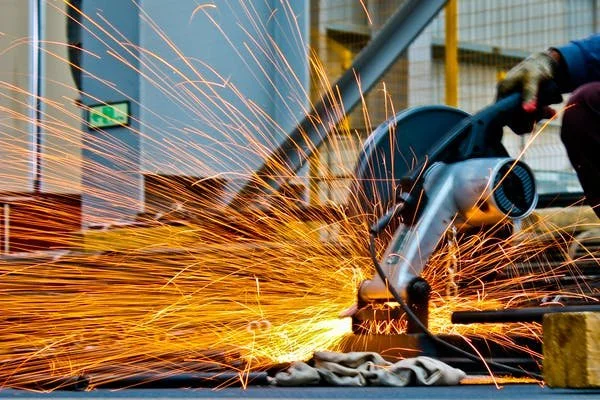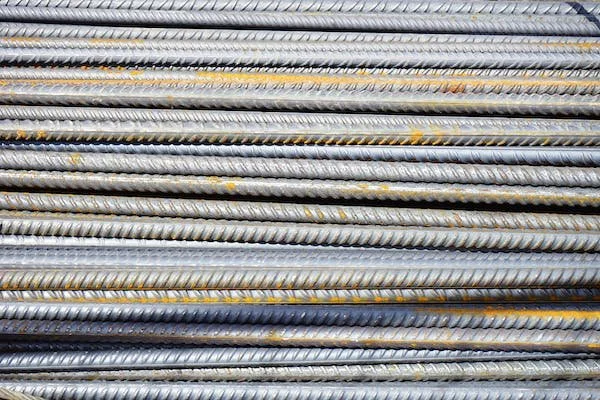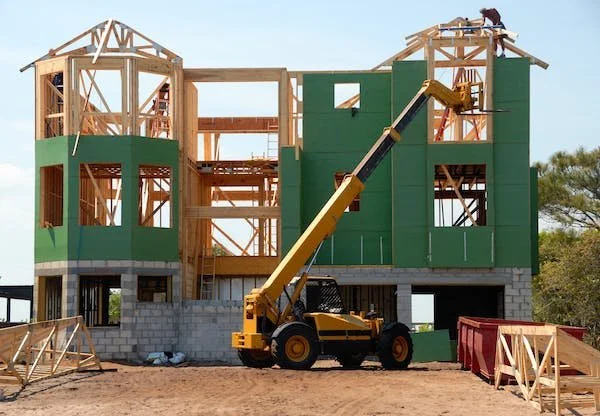Sustainability: Why Steel Is a Great Building Material
The detrimental effects of climate change are becoming more apparent, and the need for more environmentally friendly solutions is rising across the globe. As the construction industry is often singled out as a large polluter, this sector has been making efforts to reduce its surprising waste production and find more innovative alternatives for building.
In turn, new materials and tactics are continuously being developed, all representing a viable option. However, classic building materials may prove to be a better, more convenient, and more affordable solution. In fact, steel is thought to be quite sustainable, and here are some reasons why:
Endless recyclability
Steel is one of the most commonly recycled materials around the world. Steel is quite unique in its properties, having the ability to be recycled over and over again without losing any of its attractive durability or strength. This material can be recycled at any time during its application or lifecycle, even when it comes to rejected components and cut pieces after fabrication. If steel was used for constructions and framing of buildings, this metal can also be dismantled easily and reused for another project with little to no additional work required.
Low manufacturing waste
As manufacturing technology advances, the energy needed to produce steel significantly drops as well. But apart from lower emissions, manufacturers are making additional efforts to make steel as green as possible. These efforts include reusing byproduct gases from furnaces for power generation, recapturing and cleaning CO₂ byproducts to be used in the making of carbonated drinks, producing steel from scrap metal using electric arc furnaces (EAFs), etc. Energy efficiency is only expected to rise in the industry, along with the opportunities for reusing and repurposing the waste that can’t be reduced or eliminated.
Low construction waste
While construction waste may present a significant environmental problem, the use of steel could help to mitigate it. Take Australian construction firms, for example. They often work with a steel supplier from Sydney that is able to offer a highly tailored and personalized service. An industry expert will work with construction companies to deliver the best, most suitable solutions for their needs. As a result, building firms are left with a fully customized solution, leaving no additional waste on construction sites. This isn’t the case with wood or similar materials, as they arrive on building sites in bundles where they are cut as needed, often leaving excessive amounts of waste.
Environmental resistance
As already mentioned, steel is known for its toughness and durability. This is a material that can’t hold moisture and thus won’t mold or sustain water damage, it’s a non-combustible material that won’t warp or bend to fire, and it’s much lighter and sturdier than other traditional materials like concrete. In other words, steel is among the most resistant and long-lasting building materials that can survive most accidents and disasters. With a material that immune to environmental damage, there will be no need for frequent fixes and rebuilds that cause additional waste and energy to be produced.
Green building compliance
Due to its wonderful properties, cold-formed steel is able to meet quite high sustainability standards. In fact, it is recognized by most green building rating programs, such as the Leadership in Energy and Environmental Design (LEED) and the United States’ National Green Building Standard for residential buildings programs. Steel is also the only material that has an automatic default value for recycled content in LEED’s program, which makes this building material even more eco-friendly than wood.
Evidently, steel is among the most environmentally friendly building materials in the world. From its low waste to high recyclability, it should be considered for all construction projects moving forward.





